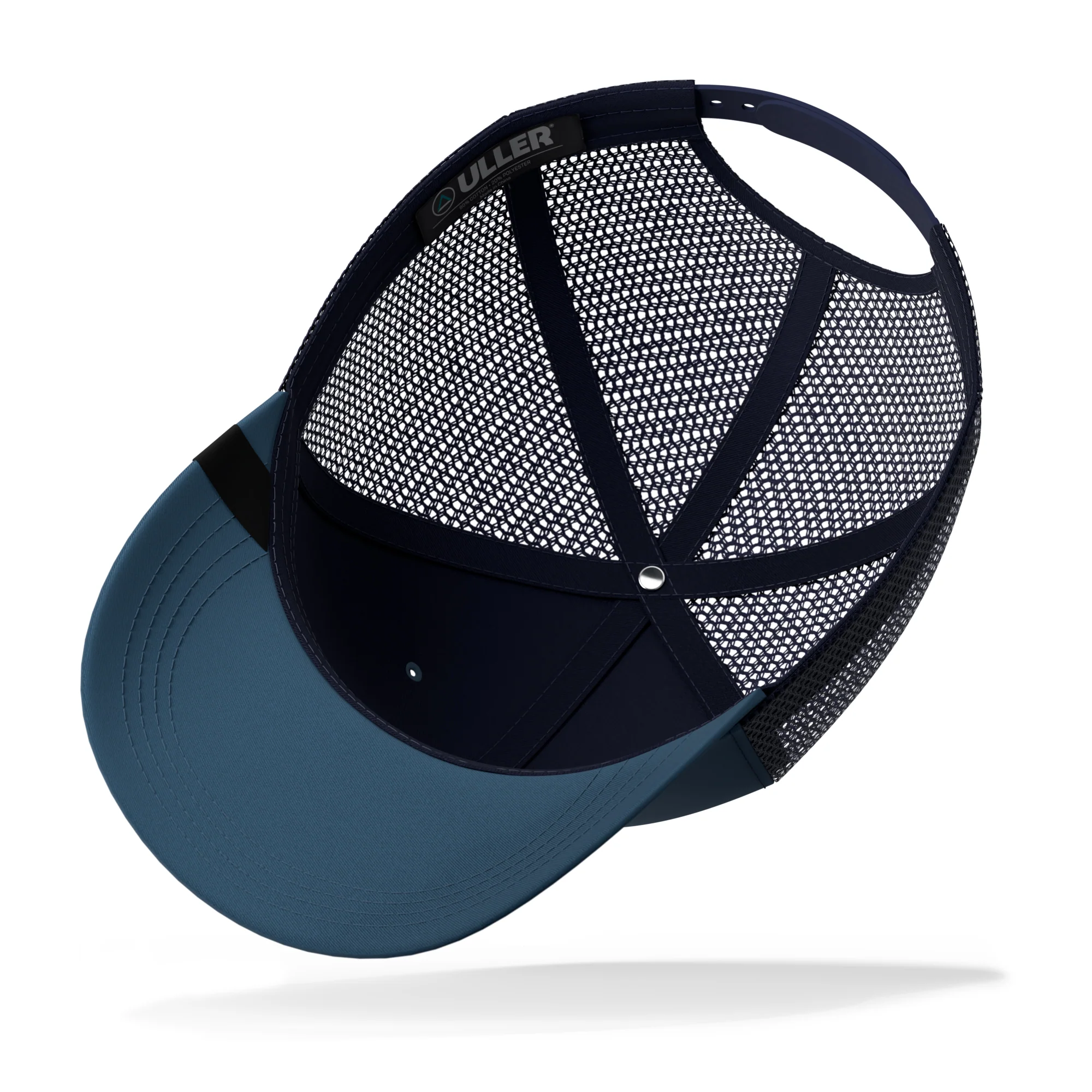We are addicted to nature and everything related to it… We love it! This time we want you to discover with us the natural wonder of coral reefs. These subcutaneous ecosystems are extraordinarily diverse, formed in warm, clean and shallow waters of tropical seas. It is also possible, although not common, to find corals in deep, cold waters and at the mouths of large rivers. Corals are the fundamental elements of reef building, as they are both shelters and food for many species.
Do you want to know more about these ecosystems?
Take a look at this list of curiosities that we have prepared

INTERESTING FACTS ABOUT CORAL REEFS
1. Coral reefs are formed by the accumulation of external skeletons secreted by the corals themselves after they die. They are composed of calcium carbonate and aragonite. Corals are classified as soft and hard. Hard corals are those with the ability to build coral reefs, and these are the most attractive and attractive to divers.
2. Coral reefs are home to over a quarter of all marine species. In fact, the health of fish is largely due to the presence and good condition of reefs. Their existence also supports major cultural and leisure activities. Coral reefs have 4,000 species of fish, 700 species of coral and thousands of other plants and animals.
3. Corals are animals! They are aquatic marine invertebrates known as polyps that live in the warm shallow waters of clear coastal waters around the world.
4. Corals are the fundamental elements of reef construction Coral reefs are responsible for the formation of white sand beaches. When they die, the skeletons are carried away by ocean currents, and with the erosion of waves and rocks, they break up, forming beaches.
5. The great coral reefs are considered the oldest living animals in the world. They have a lifespan of 541 to 485.4 million years. Light and temperature are essential factors for the survival of corals. Their temperature must be between 25º and 30º C. If this is altered, it can cause the death of corals.
6. Reproduction methods vary by species Some species are hermaphrodites, meaning they can produce both sperm and eggs at the same time. Other species are gonococcal, producing single-sex colonies. Still other species reproduce by expelling large quantities of eggs and sperm into the surrounding water. This process is known as “coral spawning,” where sperm and eggs fertilize in the water.
7. Coral reefs are found in over 100 countries around the world. The largest concentration of reefs is found between the Red Sea and the Pacific Ocean. However, only tropical and subtropical corals form large barrier reefs and reefs at shallow depths. Hard and soft corals can be found in deep waters.
8. Australia's Great Barrier Reef is the largest marine park in the world. It includes 400 types of corals, 1,500 species of fish and 400 types of mollusks. On the other hand, Belize's barrier reef is the second largest in the world after Australia's. It is about 300 kilometers long and 40 kilometers from the coast at its greatest distance from the shore, but only 300 meters to its closest point.
9.To protect corals They are very sensitive animals and you should avoid hitting, touching or stepping on them as this can destroy the mucus that protects them. It is best not to sail or fish nearby; this could cause serious damage to the reef to the point of causing its death. When you go diving, it is necessary to follow certain recommendations and rules to protect them. The most important thing to contribute to the protection of these ecosystems is not to throw garbage or objects on the beach.
10. Coral reefs are being degraded Overfishing is one of the factors that endangers coral reefs. In addition, tourism, which is not regulated in certain countries, can cause damage to the ecosystem and the environment. It is said that, in the last 10 years, the incidence of diseases developing in corals has increased.
CORAL REEFS: A TREASURE OF OUR PLANET
Discover 10 interesting facts about them that you didn't know with this infographic!

Not only because of the uniqueness of these ecosystems, but also because of everything that surrounds them, the experience of visiting a coral reef is undoubtedly one of the best attractions that people have ever visited in the world. For this very reason, in recent years, they have been in serious danger due to pollution and environmental deterioration: they have decreased by half in almost 30 years, a situation that especially worries those who are dedicated to caring for the environment. Without a doubt, coral reefs are one of the treasures of our planet and we must appreciate and care for them all equally.
Did you know about the existence of this great ecosystem before? If not, I'm sure you'll want to find out more about it from now on...





























































































